Our Projects.
Our lab seeks to expand empirical knowledge regarding genetic and neurobiological links to post-traumatic symptomatology, broadly and particularly relating to risk for suicide behaviors.
Current Projects.
BPD and Suicide Risk
This study aims to understand the implications of the glutamate and endogenous opioid system in the development and maintenance of borderline personality disorder (BPD).
This study includes -
Behavioral Interviewing
fMRI
Blood Sampling and PET
This study is possible thanks to support from NIMH.
BPD and Opioid Use Disorder (OUD)
Over half of people with BPD also struggle with substance use or dependence, which can impact treatment and recovery.
Substance use can also affect relationships, housing, job security and other aspects of life. Substance use can be associated with specific symptoms of BPD such as self-harm, impulsivity, and experiencing extreme emotions. These symptoms may increase risk for substance use or overdose.
Given the severity of the opioid crisis in the United States, this study seeks to understand the intersection between BPD and opioid use with the goal of preventing overdoses and better understanding BPD and risk for opioid use.
This study includes -
Behavioral Interviewing
fMRI
Blood Sampling and PET
PTSD
The PTSD study seeks to understand similar mechanisms as those in our BPD study. While PTSD and BPD are both considered as trauma-and-stressor related conditions, we recognize these as distinct psychological presentations and hope to explore the associations and outcomes between the two in the context of trauma exposure.
This study includes -
Behavioral Interviewing
fMRI
Blood Sampling and PET
This study is possible thanks to support from NIMH, AFSP, and the National Center for PTSD.
Course and Outcome of Clinical Care Within and Across YNHH Adult Outpatient Psychiatric Clinics
This study seeks to examine the treatment of suicide behaviors in YNHH Adult Outpatient Psychiatric Clinics and engagement with mental healthcare. We hope to use this information to improve mental health outcomes for those who have presented to YNHH Adult Outpatient Psychiatric Clinics for suicide behavior and other mental health struggles, and better understand how to serve vulnerable populations.
Hoarding Disorder
This study aims to understand the implications of the endogenous opioid system in the development and maintenance of hoarding disorder.
This study includes -
Behavioral Interviewing
fMRI
Blood Sampling and PET
Emergency Department & Risk for Physical Restraint Study
This study is part of a collaboration between several researchers; Dr. Ambrose Wong, Dr. Christine Cha, and Dr. Shirley Wang. We are excited to work with a dynamic group of investigators!
In this study, we seek to examine presentation to YNHH emergency departments for psychiatric-related concerns and subsequent restraint risk in patients. We hope to use this information to better inform mental health care in our health care system using data going back 15 years.
Tae Kwon Do and Mindfulness in a DBT-IOP
This study seeks to examine the mind-body connection practice through Tae Kwon Do in an inpatient psychiatric unit teaching mindfulness skills. This study will investigate whether Tae Kwon Do can assist in the instruction of mindfulness skills and improve interoception, body image, and reduce negative emotions.
Studies shaded in green cells are PET studies.
Studies shaded in blue cells are clinical studies.
Studies bordered in green are led (PI) by Dr. Maggie Davis.
Studies bordered in purple are led (PI) by Dr. Emily Weiss.



